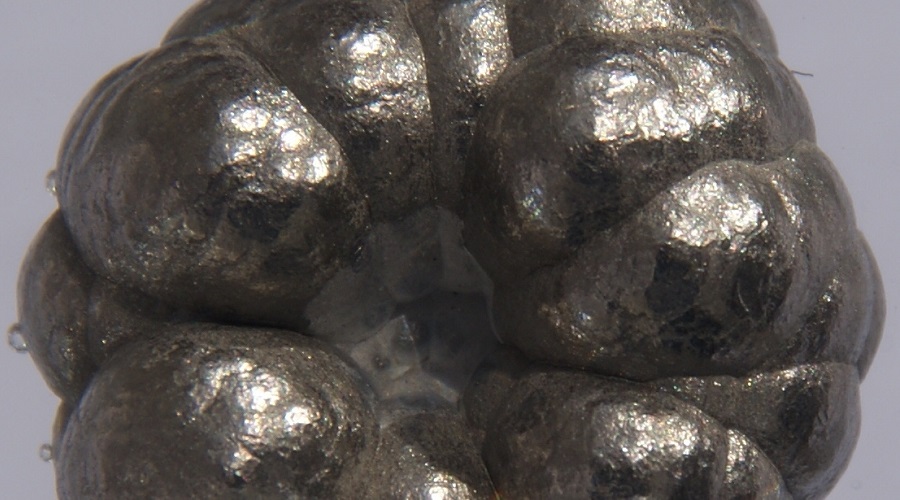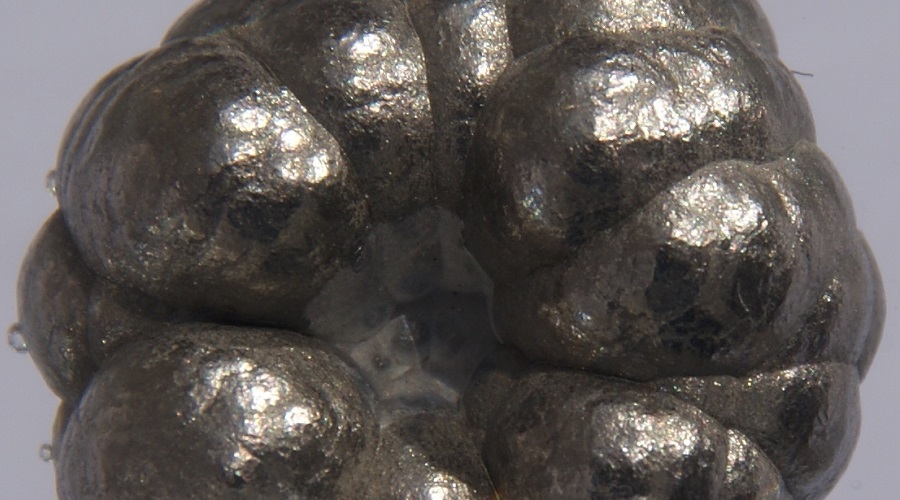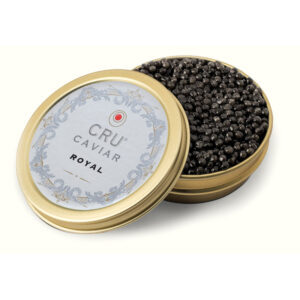
Researchers at Tata Institute of Fundamental Research (TIFR), Mumbai, have demonstrated that plasmonic black gold-nickel efficiently catalyzes CO2 hydrogenation using visible light.
CO2 hydrogenation with green hydrogen is a technique that has the potential to remove excessive CO2 levels, address the temporal mismatches between solar electricity production and demand, and promote hydrogen gas storage.
Sign Up for the Energy Digest
Given that the reaction needs very high temperatures, which causes quick deactivation of the catalyst, the researchers explored the idea of catalyzing CO2 hydrogenation at the room to moderate temperature via the plasmonic excitation of H2 and CO2 using a plasmonic catalyst.
In a paper published in the journal ACS Nano, the scientists explain that they generated the reaction at temperatures as low as 84°C to 223°C without external heating.
They found a multifold increase in the catalytic activity as compared to the catalyst DPC-C4 to the extent that measurable photoactivity was only observed with the catalyst DPC-C4-Ni. Their work showed the best-reported CO production rate of 2464± 40 mmol gNi-1 h-1 and selectivity greater than 95% in the flow conditions. The catalyst also showed extraordinary stability (100 h).
Super-linear power law dependence on the light intensity with photocatalytic quantum efficiencies increased with a rise in light intensity and reaction temperature, while the kinetic isotope effect (KIE) in light was higher than in the dark, confirming the hot-electron mediated reaction mechanism.
Ultrafast studies of hot-carrier dynamics proved the superfast electron injection from Au to Ni, populating the Ni reactor with charge carriers. The researchers observed a spectral signature of such an indirect charge generation due to hot electron transfer from the gold to the nickel. Finite-difference time-domain simulations also showed plasmon-induced high local field intensity enhancement in DPC-C4-Ni.
An in-situ DRIFTS study showed C=O stretching vibrations of linearly bonded CO atop Ni atoms, while bridge carbonyl species formation was hindered. CO2 hydrogenation took place by direct dissociation path via linearly bonded nickel-CO. The linearly bonded CO on Ni sites of DPC-C4-Ni were weakly bonded due to its weak Ni-C bond. Hence CO desorption was efficient, restricting hydrogenation to methane, leading to more than 95% CO selectivity.
According to the group, the high production rate and selectivity were due to Ni NPs being highly dispersed on black gold, providing a weakly bonded CO pathway, in addition to the excellent light-harvesting ability of black gold. Due to the excitation of electrons in the nickel d-band to higher energy level during plasmonic damping of black gold SPR, as well as to the filling of Ni d-band due to hot electron transfer from black gold to Ni, Ni sites showed excellent activity even at smaller particle size.
In their view, the outstanding catalytic performance of black gold-Ni may provide a way to develop plasmonic catalysts for CO2 reduction and other catalytic processes using black gold.

